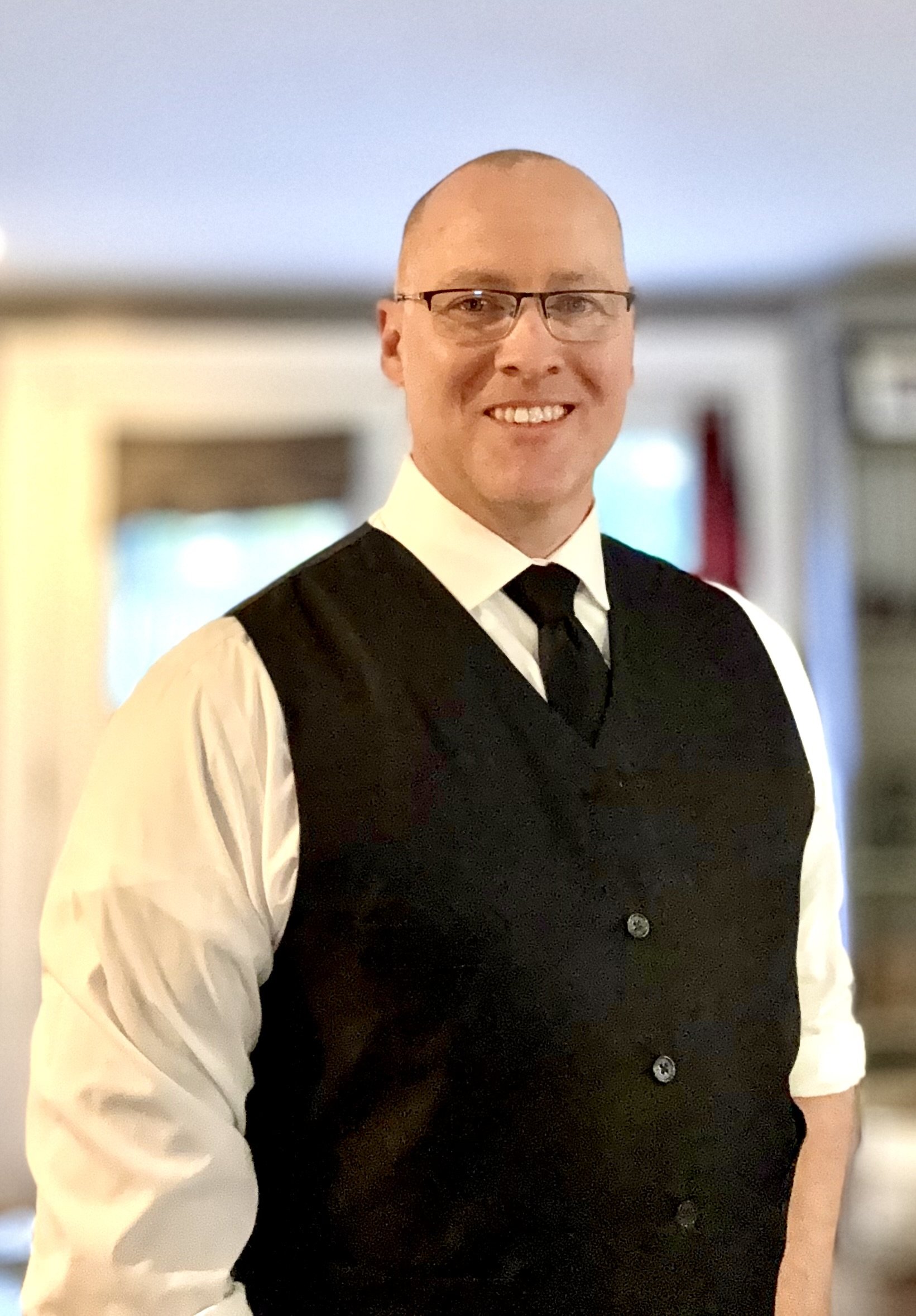Leadership Philosophy
Effective leadership begins with clarity. Clarity of purpose, clarity of structure, and clarity of expectations. Joshua’s philosophy centers on creating environments where people understand where the organization is going, why their work matters, and how they can succeed within it.
He believes transformation is not a one-time event. It is a sustained process shaped by disciplined systems, thoughtful communication, and leaders who stay grounded during uncertainty. Across every role, Joshua focuses on building alignment between strategy, people, and operations so organizations can move forward with confidence.
His leadership approach is rooted in several guiding principles:
Structure enables performance. When teams have clear frameworks, processes, and expectations, their potential expands.
People are the engine of transformation. Systems matter, but progress always depends on human capability, culture, and clarity.
Consistency builds trust. Leaders earn credibility through follow-through, reliability, and disciplined communication.
Transformation must be human-centered. Sustainable change honors how people work, learn, and adapt.
Readiness is a leadership responsibility. Building capacity, strengthening governance, and preparing teams for change is not optional — it is foundational.
Across his career, Joshua has applied these principles to guide organizations through growth, restructuring, modernization, and operational redesign. His philosophy is simple but firm: leaders serve their teams best by giving them the systems, the clarity, and the support required to do meaningful work at scale.
What I believe
I believe clarity is a leadership responsibility.
People perform best when expectations, priorities, and pathways are unmistakable.
I believe structure accelerates human potential.
When the guardrails are clear, teams move faster, think smarter, and feel more grounded.
I believe transformation succeeds when people understand the “why.”
Change sticks when teams feel connected to the mission and equipped to contribute.
I believe learning is the core of every resilient organization.
Capability is not accidental, it is built through systems that support growth, adaptation, and confidence.
I believe leaders should make complexity feel manageable.
If people feel calm, focused, and supported, they can take on challenges that looked impossible on paper.
I believe in designing systems that last.
Good leaders solve today’s issues; great leaders build infrastructures that outlive them.
